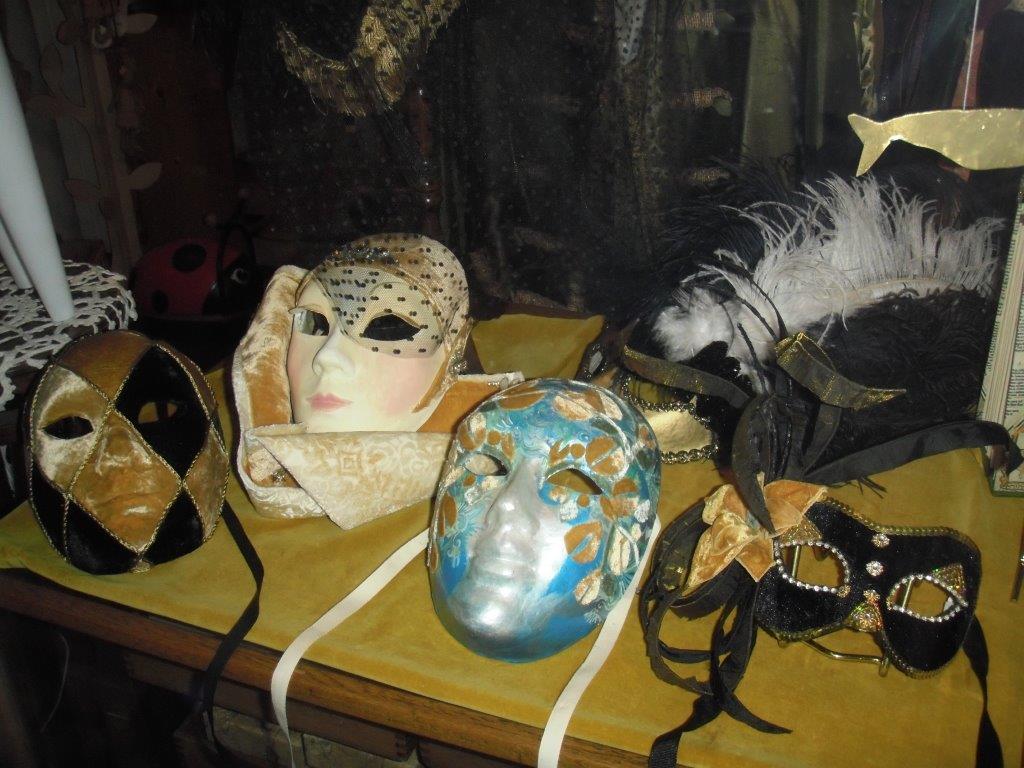The masterpieces of Giotto and the pictorial cycles of the fourteenth century.
Walking through the center of Padua you can see some of the greatest Italian masterpieces. Urbs picta identifies it as a painted city, and in the summer of 2021 Padova Urbs Picta became part of the UNESCO World Heritage Site. These are eight sites in the Venetian city where there are the famous frescoes of 1300 due to the great development of painting in this city.

padovanet
Thanks to the arrival of Giotto called by the Friars Minor Conventual of the Basilica of St. Anthony, throughout the fourteenth century the artists working in Padua reinterpreted the style of the master in an independent and original way. Today you can admire these incredible treasures kept in the Venetian city. Let’s see where in the city you can admire these works of art. Although realized by different artists and for varied commissions, these pictorial cycles are the expression of a single whole that for technique and nature is at the apex of the art of its century.
Padua was the capital of art in 1300 and today in eight sites of the city we can admire the frescoes made by 6 artists in more than 95 years and an extension of 3694 square meters. The UNESCO recognition certifies the great artistic and cultural value of these pictorial cycles.

plaza
Places in Padua Urbs Picta
Undoubtedly the best known pictorial cycle is that of the Scrovegni Chapel made by Giotto between 1303 and 1305. This extends across the inner surface of the chapel and depicts The History of Salvation through two different paths. The first is painted on the naves and on the triumphal arch and depicts the life of the Virgin and Christ.
The second instead begins in the lower part of the main walls with the Vices and the Virtues and ends on the counter-facade with The Last Judgment. Another place of Padua Urbs Picta is the church of Saints Philip and James. The pictorial cycles that are present here belong to private chapels of noble families. The heart of the city is undoubtedly the Palazzo della Ragione. The upper room houses the Court. Here there is a wonderful cycle of frescoes by Pietro d’Abano. Another important pictorial cycle is found in the Basilica and in the convent of Sant’Antonio.

museionline
Here we meet the first traces of the presence of Giotto in the Venetian city. Overlooking the churchyard of the church is the Oratory of San Giorgio. Here there is the pictorial cycle of Altichiero that completely decorates the walls of the interior. Another unmissable pictorial cycle is that of the Oratorio di San Michele by Jacopo da Verona with the stories of the Life of the Virgin. In this work the artist completed all the innovations introduced by Giotto. The Baptistery and the Reggia Carrarese are two other places that are part of Padua Urbs Picta.
In the first you can admire the frescoes on the History of Salvation. Here is expressed the development of research on perspective made by Giotto. In the Reggia Carrarese there is a cycle frescoed with the Stories of the Old Testament by Guariento di Arpo. In order to visit Padova Urbs Picta all you have to do is buy a single ticket directly from the dedicated website. You can buy two different types of ticket.
The first has a cost of 28 euros and is valid for 48 hours while the other is valid for 72 hours at a cost of 35 euros. In this way you will be entitled to only one access to each of the 8 places. In addition, you have the possibility of unlimited use of public transport to get around the city. Finally, there is an official app that allows you to be guided in your visit to the pictorial cycles of the fourteenth century.
Copertina: moveo.telepass




